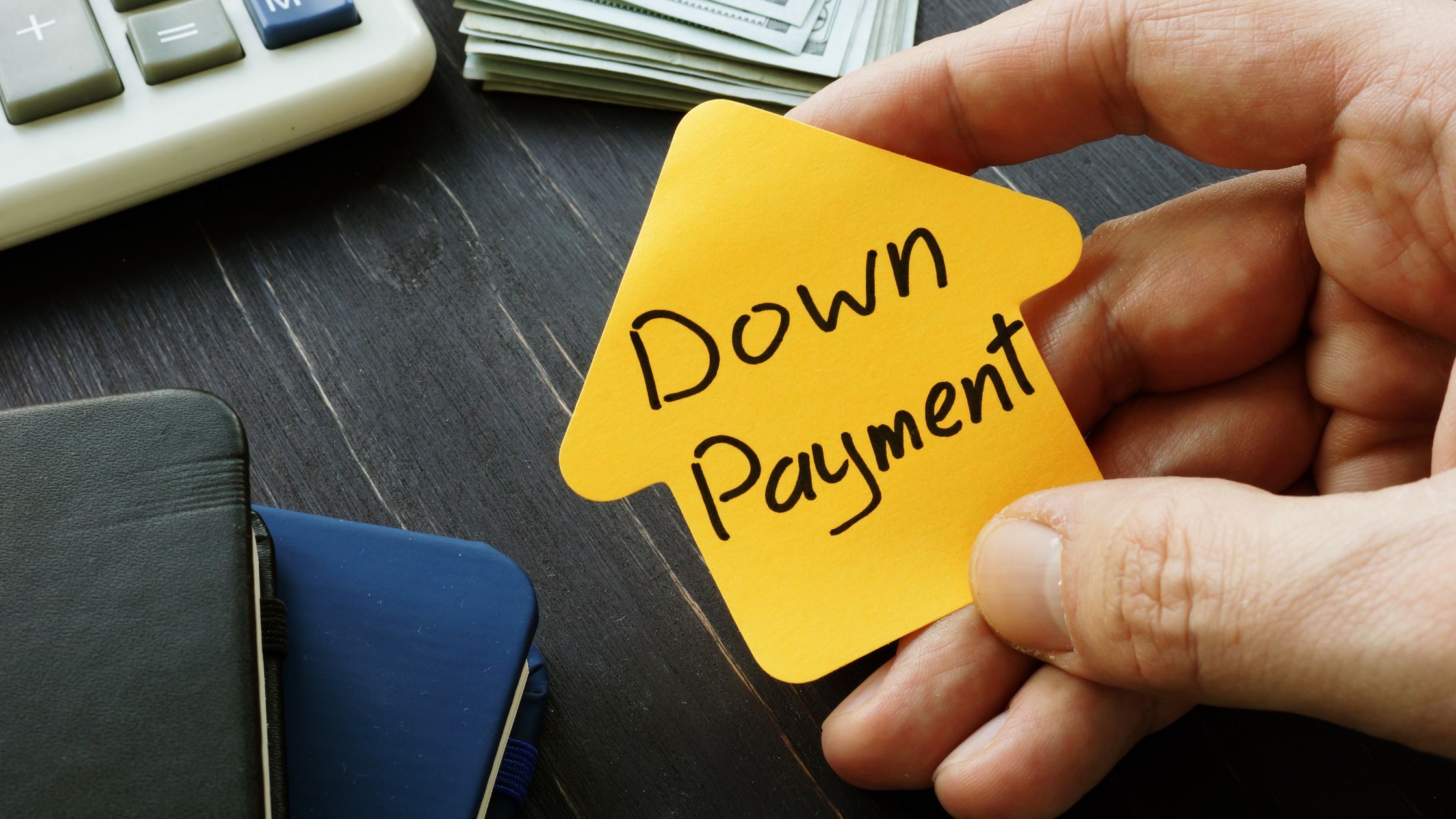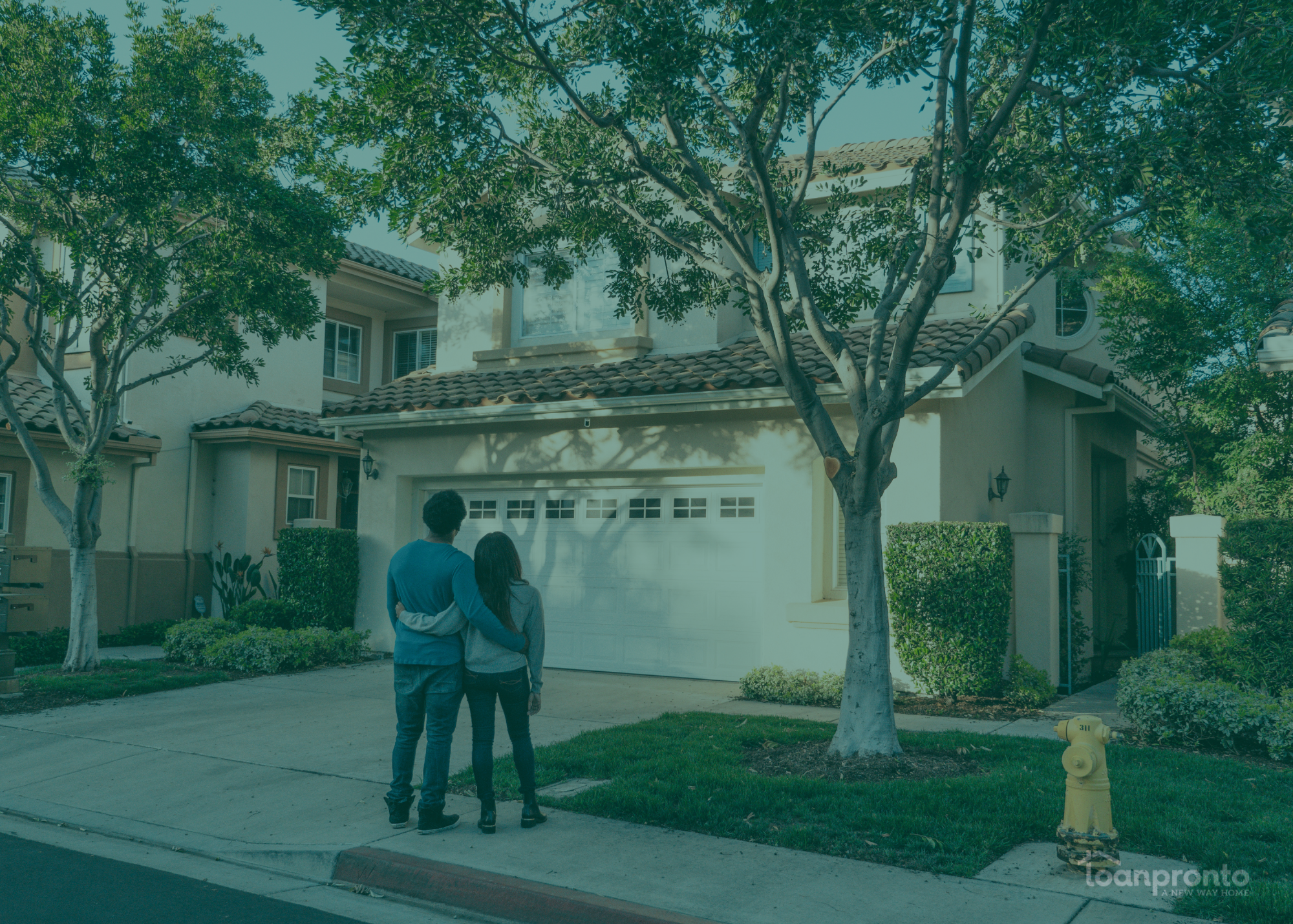Key Takeaways
-
No-closing-cost mortgages reduce upfront fees by rolling them into your loan or increasing your interest rate.
-
You’ll pay more in interest long-term, even though you save money at closing.
-
Best for short-term homeowners planning to move or refinance within five to ten years.
-
Comparing lenders and loan structures can help you minimize total borrowing costs.
A no-closing-cost mortgage helps homebuyers skip paying thousands of dollars in upfront fees at closing. Instead of paying out-of-pocket for expenses like appraisal fees, title insurance, and lender charges, those costs are either rolled into your loan balance or offset by a slightly higher interest rate.
This approach can make buying a home more affordable in the short term. However, since you’ll pay interest on those fees over time, the total loan cost may end up higher. Understanding how this mortgage works can help you decide if it’s the right fit for your financial goals.
How No-Closing-Cost Mortgages Work
Despite the name, these loans don’t eliminate fees — they simply structure them differently. Lenders typically offer two ways to manage closing costs:
| Option | How It Works | Long-Term Impact |
| Roll fees into your mortgage | Closing costs are added to your loan balance. | Increases total loan amount and interest paid. |
| Accept a higher interest rate | Lender covers fees in exchange for a slightly higher rate. | Raises monthly payments but avoids upfront costs. |
Example:
If you’re buying a $250,000 home with $8,000 in closing costs, your total loan could become $258,000 — or your interest rate might rise by 0.25% to 0.5%.
Typical Closing Costs on a Home Loan
Closing costs usually total 2% to 5% of your loan amount. That can mean anywhere from $8,000 to $20,000 on a $400,000 home purchase.
| Loan Amount | Estimated Closing Costs (2–5%) |
| $300,000 | $6,000 – $15,000 |
| $400,000 | $8,000 – $20,000 |
| $500,000 | $10,000 – $25,000 |
According to 2025 data from LodeStar Software Solutions, the average U.S. closing costs are about $4,600 — a significant expense for first-time or budget-conscious buyers.
No-Closing-Cost vs. Traditional Mortgages
A traditional mortgage offers lower long-term costs, while a no-closing-cost mortgage focuses on immediate affordability.
Choosing between the two depends on your financial timeline:
- If you plan to stay in your home for many years, paying closing costs upfront usually saves money.
- If you expect to move or refinance within five to ten years, avoiding upfront fees may make more sense.
For example, raising your rate by just 0.5% might only increase your payment by a small amount each month — but over 30 years, that adds up to tens of thousands in extra interest.
Who Should Consider a No-Closing-Cost Mortgage
This type of mortgage can be a smart move if you:
- Need to move quickly without extra upfront cash.
- Plan to sell or refinance within a few years.
- Want to preserve savings for renovations, emergencies, or investments.
However, if you expect to stay long-term, paying closing costs upfront will likely result in greater total savings and faster equity growth.
How to Find a No-Closing-Cost Mortgage
Not all lenders offer these loans, so it’s worth shopping around or working with a mortgage broker who can compare multiple options. You can also lower costs through other strategies:
- Negotiate lender fees: Ask about discounts or fee waivers.
- Shop for title services: Compare title insurance providers for lower pricing.
- Request seller concessions: In some cases, sellers may agree to cover part of your closing costs.
Taking these steps can help you find a loan structure that balances affordability now with manageable long-term payments.
Bottom Line
A no-closing-cost mortgage can make homeownership more accessible by reducing upfront costs, but it’s not always the best long-term solution. For homeowners planning to stay put, paying closing fees upfront may save thousands in interest. However, for first-time buyers or those likely to move or refinance soon, this option offers valuable flexibility and short-term savings.
FAQs About No Closing Cost Mortgages
No SSN required. Zero impact to credit. Your Information is never sold.



